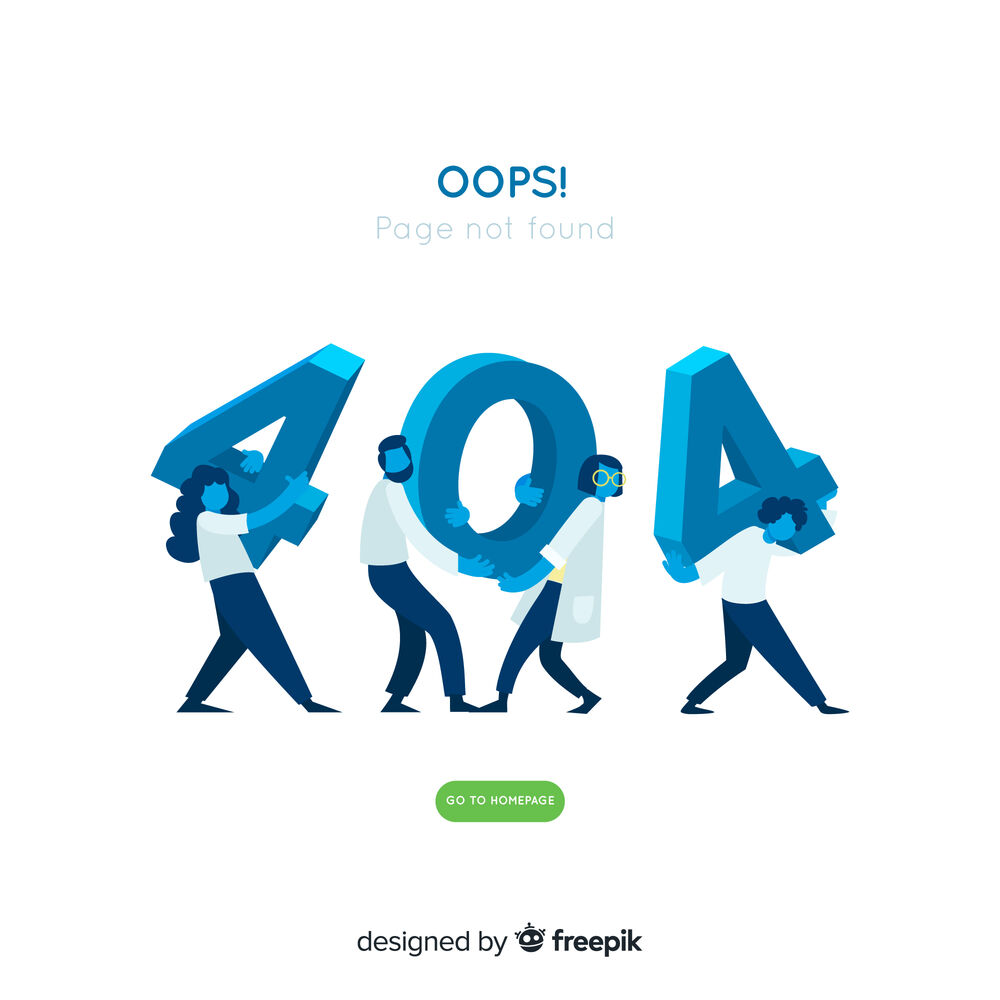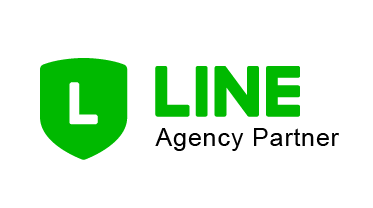What Should You Do With Expired Content?
Have you ever heard of the phrase “dead link”? A dead link is an old or nonfunctional URL that still appears in search engine results. Dead links are not only a nuisance for users but also have a negative impact on SEO (Search Engine Optimization).
Expired content is:
- Content that has a publication date that has passed
- Content that is no longer relevant
- Content that is no longer accurate
- Content that is no longer supported by your company (i.e., software updates, etc.)
- Content that’s not in line with your current brand identity or focus area (i.e., if you’ve changed logos and website templates)
So, what should you do with expired content that used to be hosted on your site?
Table of Contents
Use 301 Redirection on Expired Content
When you have a page that’s been moved to a new URL, but you want to pass the link equity from the old page to the new page, use 301 redirects. You can also use 301 redirects when you have content that has become obsolete or outdated and it needs to be replaced by fresh content – 301 links allow you to control the quality of the content on your website. You can also use an htaccess file to redirect an old URL to a new URL if the content on your site changes dramatically, or if an error has been made in the past and you want to make sure search engines are never given access to that page again.
302 Temporary Redirects
A 302 redirect tells search engines that the page has been temporarily moved, usually because of maintenance or upgrades. It’s like a 301 except that it’s only temporary and does not pass any link juice along with it (a 301 does pass its link authority because it’s a permanent redirect).
While the best practice is to delete the content on the page and redirect it to a new URL, you may want to keep the page around for a while. If the content is outdated but still relevant, you can use 302 redirects to point the old URLs to new ones. This way, you don’t lose any of your search rankings when you remove an old piece of content.
When to Use a 410 Response Code
Use a 410 response code when you want to tell Google that the page doesn’t exist anymore. This is sometimes called a “soft 404″.
It’s best to use 410 response codes for pages that have been deleted or moved permanently, rather than for pages that are temporarily unavailable. You can use all of the same tools, such as rel=”canonical”, 301 redirects, and meta noindex tags to implement as you would with a 200 code – but without having to worry about duplicate content issues since there won’t be any cached versions of your old page.
Meta Robots Noindex or Canonical Link Tags
A meta robots tag is the HTML element that you can use to control how search engines index your site, and it allows you to exclude specific pages from the search results. Although Google doesn’t recommend using this tag anymore, it’s still a useful tool for many websites. However, there are other ways to do the same thing without having to add additional code like a meta robots tag.
404 Status Code
The 404 error code is a standard HTTP status code (a number preceded by the letters “404”) that means a requested resource can not be found on the server. The server may not know which resource is being referenced, meaning that the server has no way of identifying what exactly was being requested by the client.
The 404 message should contain a link back to the homepage of your website or another related page. To help users understand why they received this error, you should provide an explanation in the body of your response.
Update Your Content
Overall, outdated content is bad for SEO, but there is an exception to this. If the content is still relevant and useful, you can republish it on your site in a few different ways. You can also take advantage of other opportunities left by stale content, such as well-placed internal links or relevant external links. In any case, don’t delete outdated pages from your site unless it’s absolutely necessary. A good SEO strategy dictates that you should keep them on your site if possible and make use of the existing rankings.
The Bottom Line
When the content on your blog or website is outdated, it can lead to confusion, frustration and distrust. This is especially relevant when it comes to search engine optimization (SEO) since this is an industry that relies on accurate information being presented in a timely manner. So, make sure you’re dealing with outdated content wisely!
















Join the discussion - 0 Comment